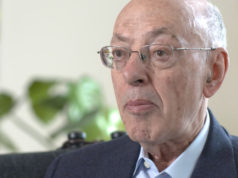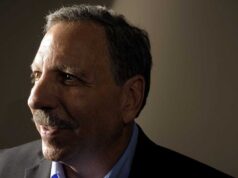Authored by Chris Pehura
WHAT IS INNOVATION and an INNOVATION CULTURE? Just how much is innovation worth to us? How do we get innovation to work here, in our culture?
It’s hard to get a handle on innovation. It’s hard to understand it. It’s hard to practice it. It’s even hard to support it.
Innovation is not a set of skills, methodologies, or knowledge. Innovation is a set of behaviors and habits that allow us to “connect unconnected things”. Most of us aren’t prepared for innovation or to be leaders for innovation.
To get us prepared and become the leaders we need to be, here are 5 techniques to establish an innovation culture.
Innovation Culture: Technique 1 – Reinforcement
This is what a lot of us currently do to be innovative. We have lists in our mind of what we must do.
We take fifteen minutes to reflect. We look at our flashcards or insights from our leadership quote calendars. We take innovation and leadership training to build up our competency. Though these methods are useful to reinforce our innovation habits, they are not the best at building our innovation habits.
Innovation Culture Technique 2 – Big Picture
The best way to get unstuck and become innovative is to take a step back so we can go forward. Rather than focusing on the problem at hand, we look at what we’re dealing with and how it fits into the big picture.
The big picture can be literal like our org structure diagram, figurative like an analogy or story, or emotionally inspiring like a vision and mission. We take a step back to become more focused and more open to options and opportunities so we can march forward with creative and innovative ideas.
Innovation Culture: Technique 3 – Mind Hand Activities
We learn with our minds, we learn with our hands. We become innovative when we use both at the same time. We become innovative by drawing metaphors/stories on the whiteboard, doing diagramming, assembling business concepts using Lego (SeriousPlay), or pulling together sheets of paper into a slide presentation. All of these spark within us innovational leaps and insights.
We can further our innovation by doing activities we normally don’t do. Activities like accounting, mechanics, or laying down concrete, activities that pull us out of our perspective into a new one. Some executive coaching retreats go the extra mile with acting classes, caring for horses, and living off the land.
Innovation Culture: Technique 4 – Interaction Rules
Rather than focusing on training and processes, we can narrow our focus to a small set of simple rules and use these rules to guide us to our innovative outcomes.
Examples of these rules are found in “parallel thinking”. This is where we go around the table and each person shares a concise idea (rule 1); the idea is recorded (rule 2); the group listens to the idea without challenging it (rule 3), and then the group discusses where the idea best fits within the rest of the ideas shared (rule 4).
All ideas are used to quickly construct a creative concept. Through these four simple rules, we guided ourselves to developing a very innovative idea.
Innovation Culture: Technique 5 – Innovation Processes
The best way to become innovative and establish a sustainable innovation culture is through our habits.
With repetitive succinct processes that connect unconnected things, we build our innovation habits.
Tools such as whiteboard brainstorming, TIPS, and USIT are techniques that use repeatable patterns and cause/effect diagrams to help us as individuals and as groups to be innovative through brute force repetition.
With enough practice, innovation becomes second nature within each and every one of us.
It’s hard to establish an innovation culture. It’s much harder to sustain it. Corporate America craves innovation and at the same time incents employees to think inside the box. To make us innovative, to make us an innovative company, it all hinges on our acceptance to exercise and practice our innovation habits for connecting the unconnected.
About the Author: Chris Pehura
DATA-centric Executive Management. Chris is a management consultant with a data emphasis helping Fortune 100/1000 companies strategically evolve and reinvent their businesses to maximize their revenue growth.
Through realignment, to overhauls, to rebuilding things from the top down and ground up, he integrates and solidifies leaders, strategies, and solutions into all aspects of the organization.
Strategies and solutions leverage Big Data, MDM, business intelligence, competitive intelligence, data science, chief data officers, and data offices. Chris is a coach, trainer, and the voice for how data is the new capital that drives, multiplies, and maximizes revenue growth.





